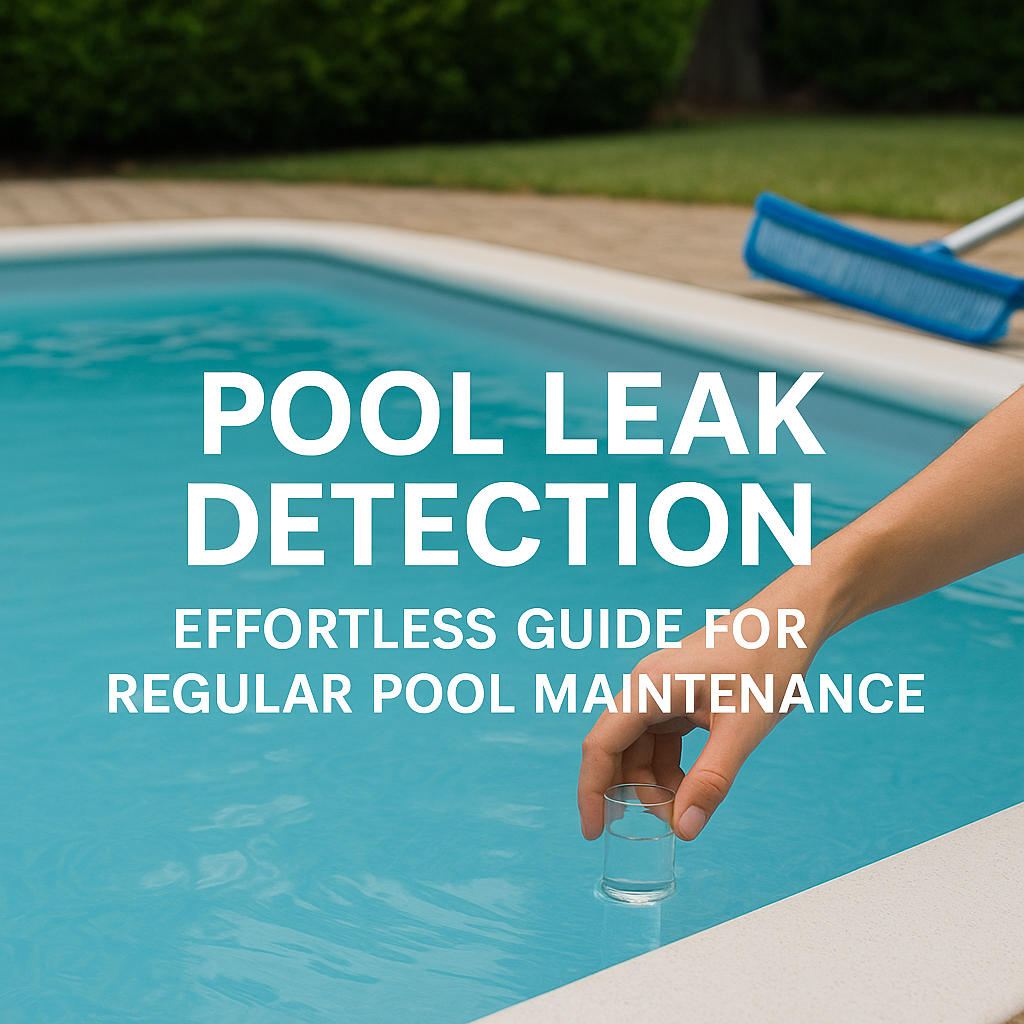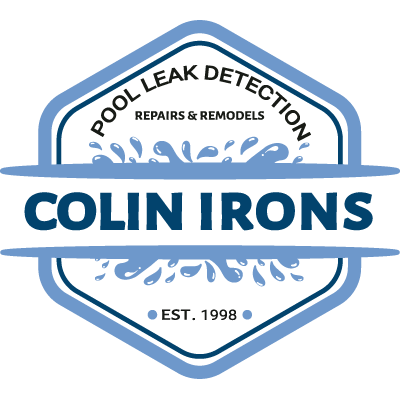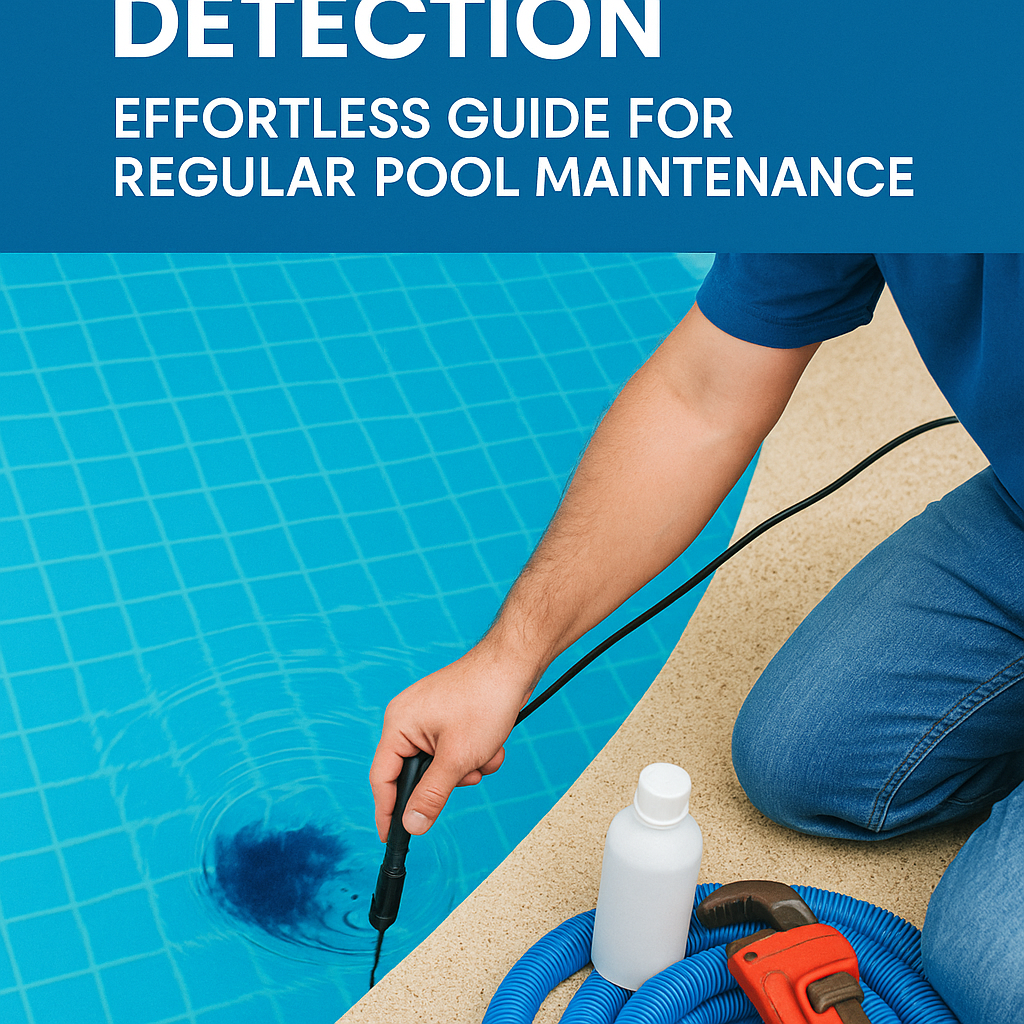Pool leak detection is an important step in any pool maintenance process. Keeping your pool in optimal shape does not only involve skimming for leaves, or regularly chlorinating the water, it also requires a keen eye for potential leaks and quick, effective repairs. This article offers an effortless guide on how to detect and repair leaks, thereby making regular pool maintenance a breeze.
Understanding Pool Leak Detection
Before we dive headfirst into practical pool leak detection methods, it is essential to understand the importance of this exercise. A leaking pool is more than just a drainage of your water resource, it can also erode the soil around your pool, causing structural damage over time. Moreover, water leaks can inflate your water bills exponentially if not attended to in due time. Hence, quick detection and fixing of leaks can save you a lot of hassle and expenditure.
How to Detect Pool Leaks: Practical Steps
The pool leak detection process can seem daunting if you’re unfamiliar with it. This section will guide you through a straightforward strategy for identifying possible leaks in your pool.
1. The Evaporation Test:
Sometimes, what seems like a leak could simply be water evaporating due to heat or wind. To differentiate, try the bucket test. Simply fill a bucket with water and mark the water level. Place this bucket on the pool steps and mark the pool water level on the bucket too. If after 24 hours, the water in the bucket and the pool have decreased at the same rate, it’s just evaporation. If the pool’s water level has dropped more than the bucket’s, you may have a leak.
2. Check The Equipment:
Examine the pool pump, filters, and heater for signs of leakage. Any dampness or water pooling around these areas when the equipment is running may indicate a leak.
3. Dive In:
If your pool is still losing water after the bucket test and equipment review, it’s time to physically inspect the pool. We recommend starting from the surface, checking the pool’s lining for tears or holes, gradually working your way down to the bottom and looking for cracks.
Getting Down to Pool Leak Repair
Once a leak is detected, the next line of action includes pool leak repair. Small leaks or tears in the liner can be repaired with a pool patch kit, available at any pool supply store. It is vital not to ignore any leaks, no matter how small they seem. A minor issue can quickly transform into a major problem if left unattended.
However, if the leak source is not immediately identifiable or if it is a plumbing issue, professional assistance might be needed. Pool professionals are equipped with specialized tools like hydrophones, dye tests, and pressure testing equipment that can accurately find and fix the leak.
Regular Pool Maintenance: The Key to a Healthy Pool
Pool leak detection and repair are just fractions of the regular pool maintenance process. Regular pool care extends beyond these and includes skimming debris off the pool, brushing the sides and bottom to prevent algae buildup, ensuring proper and consistent water chemistry, among others.
Moreover, maintaining your pool equipment – pump, heater, and filter is equally important. Regular checks for leaks and timely repair can increase the lifespan of this equipment.
Conclusion
The importance of pool leak detection in a regular pool maintenance regime cannot be overstated. A systematic, vigilant approach to identifying and fixing leaks can keep your pool in tip-top shape for many seasons to come. Remember, maintenance is always better – and typically cheaper – than repair.
By following this easy-to-use guide, you can ensure that your pool remains a healthy, efficient and enjoyable addition to your property. Your regular attention and care can not only save you frustration and expense but can also prolong your pool’s life, allowing for many more years of aquatic fun and relaxation.



